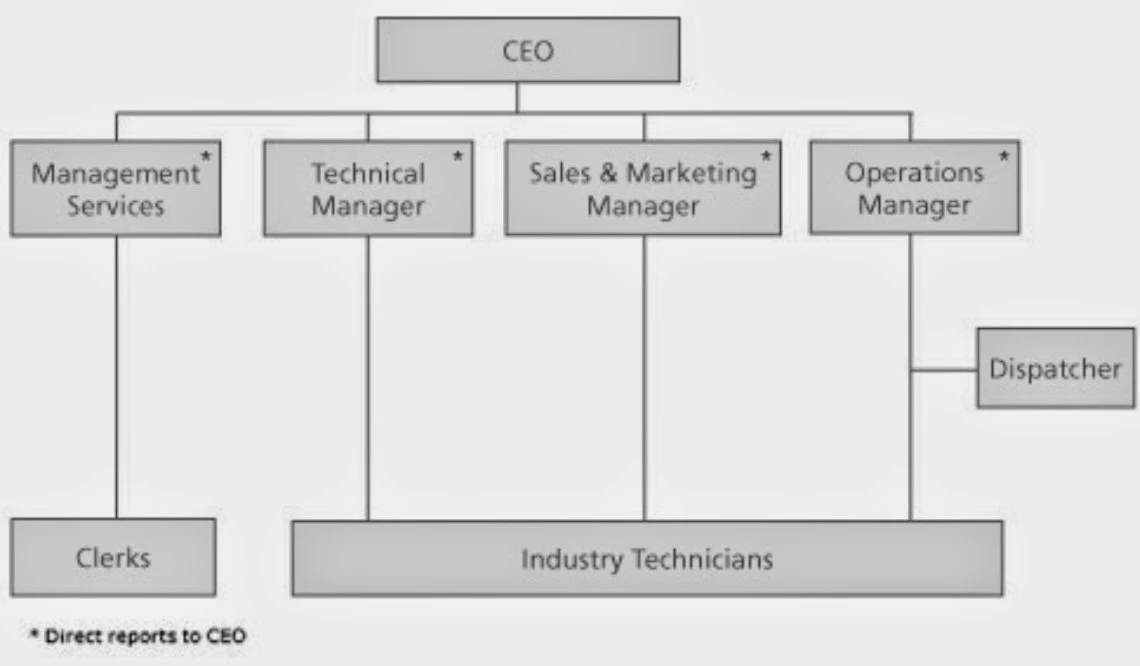The performance gap
Why is organization structure design so critical? – A case study
Some years ago, the CEO of a small company that supplied product to the construction industry appealed for help. The company, employing 31 full time employees (FTEs) had lost AU$1.2 million in the previous year. After a short discussion, it was clear that while the employees were all diligently pursuing what they thought were the objectives of their individual roles, there was poor alignment with organizational goals.
We agreed to work together with the CEO and his direct reports through a process of organization structure design; a methodology known at Mercer as Alignment for Success, or AfS . The process took about three months. Final implementation of the decisions made, including the resulting recruiting of a couple of key managers, was completed in roughly one year. The company looked significantly different at the end of this period.
Before AfS – the company situation could be summarized as follows:
- AU$1.2 million lost in the previous year
- 31 full time employees
- 7 direct reports to the CEO
- Direct reports were actively managing 48 key accountabilities
- 13 Company vehicles
- 8% Market share
- Reactive sales strategy.
§ Profit of AU$6.8 million reported
§ 21 full time employees
§ 4 direct reports to the CEO
§ Direct reports were actively managing 96 key accountabilities
§ 8 company vehicles owned
§ 28% market share
§ Proactive sales strategy.
This link is depicted diagrammatically as follows:
Organization design – the process
Organization design occurs in three stages:
Strategic Organization Design looks at the big picture and develops a conceptual model for the parts of the business and how they interact with each other. This will often include redefining the roles that report to the business unit manager (CEO, MD, ED etc).
Operational Organization Design is the part of the process that defines all of the individual jobs in the organization. Operational Organization Design is often done in conjunction with implementation.
Implementation is the process of communicating and managing the change from the old structural concept to the new structural concept and often requires the development of new business processes and behaviors.
The outcomes of the AfS workshops are recorded on accountability matrices, which will be used during the Operational Organization Design and implementation steps.
In preparing these matrices each accountability is discussed at a number, ranging from 3 to 7, of levels.
In the simplified example of an accountability matrix below we have used three basic levels of accountability:
§ Thinking – thinking about how the accountability will be met.
§ Doing – carrying out the actions to ensure that the accountability is met.
§ Checking – checking that the thinking and doing worked.
|
- Money, clients or market share being lots
- Business critical markets “slipping through the cracks” with no one obviously accountable
- A business strategy – with the need to implement it now.
- A new business strategy – with the need to implement it now
- A new CEO or new senior management team
- Staff being unclear about "who is accountable for what"
Organizational structure that is "too heavy" or
has too many layers
- Organizations
suffering from "silos" and internal competition
- Executive teams
not working together well, with organizational barriers impeding success
- Recently
undergone mergers or acquisitions
- Organizations
being too internally focused.






